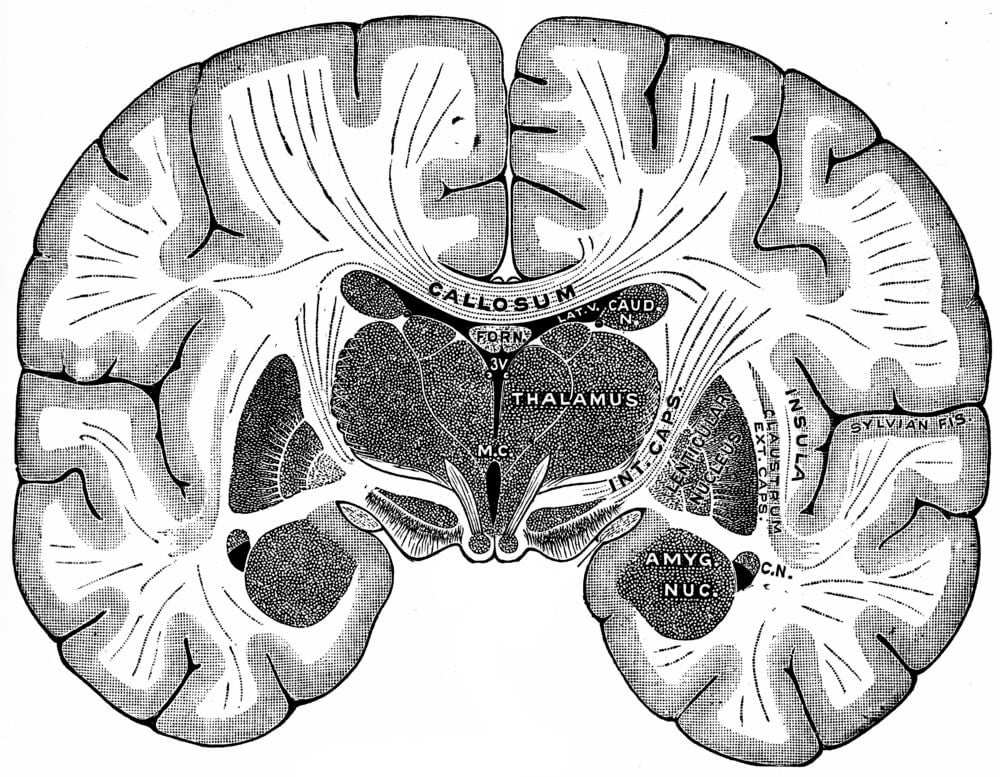Our nervous system is full of curiosities, and the lenticular nucleus is one of them, it is a subcortical structure of the brain that, among other things, is a source of motivation and learning, however, when we talk about the lenticular nucleus, we are not referring to a specific structure, but to a whole of them.
In this article we will talk about the parts, features and functions associated with this core, in addition, we will cover your most common changes and their consequences, finally, we will also share some curious data Let’s get started!
- First.
- It owes its name to the shape of its lens.
- Which sits under the insula and consists of three segments.
- Divided mainly into two structures.
- According to the book Neuroscience: Unraveling the Nervous System.
- Written by Bears.
- Connors and Paradiso.
- The two structures:.
Thus, it can be said that the lenticular nucleus is the union of two structures, is composed of gray matter, is cuneiform and is connected to the internal and external capsules; Above all, the neurotransmitter GABA, Acetylcholine and Encephalic Peptide are present.
In addition to the lenticular nucleus, what are the other parts of the central gray nucleus?
These nodes are a set of interconnected nuclei located around the limbic system and the third ventricle, their functions are associated with planning, integration, movement control, learning and motivation, remember that while there are anatomical divisions in each part of the brain, it does. not participating in a single function.
Its functions are varied. Here are the main ones
To perform these functions, the lenticular nucleus establishes connections to the cerebral cortex and talamic nuclei, this communication can take place bidirectionally.
This nucleus can be associated with subcortical dementias, such as those caused by Parkinson’s disease and Huntington’s disease, diseases associated with the inability or difficulty to coordinate and carry out movements, at rest or not, accompanied by a deficit in executive functions and the memory.
It is also associated with psychomotor disorders. An example of this is, again, Parkinson’s disease, as the central gray nuclei are affected and is also linked to other movement disorders, such as ataxia, Tourette’s syndrome and other nervous tics.
This nucleus is also at the center of certain mental disorders, such as obsessive-compulsive disorder, as the caudado nucleus and putamen become hyperactive. In addition, abnormal lenticular nucleus function also seems to influence attention deficit hyperactivity disorder by interfering with motivation, learning and promoting the development of tics.
In short, the lenticular nucleus is fundamental for our body. We have seen that it intervenes in many different functions, such as engine and attention, in addition, it helps us to be more organized and structured with information, which improves our learning.
Your changes can directly affect our well-being and thereby our quality of life.

